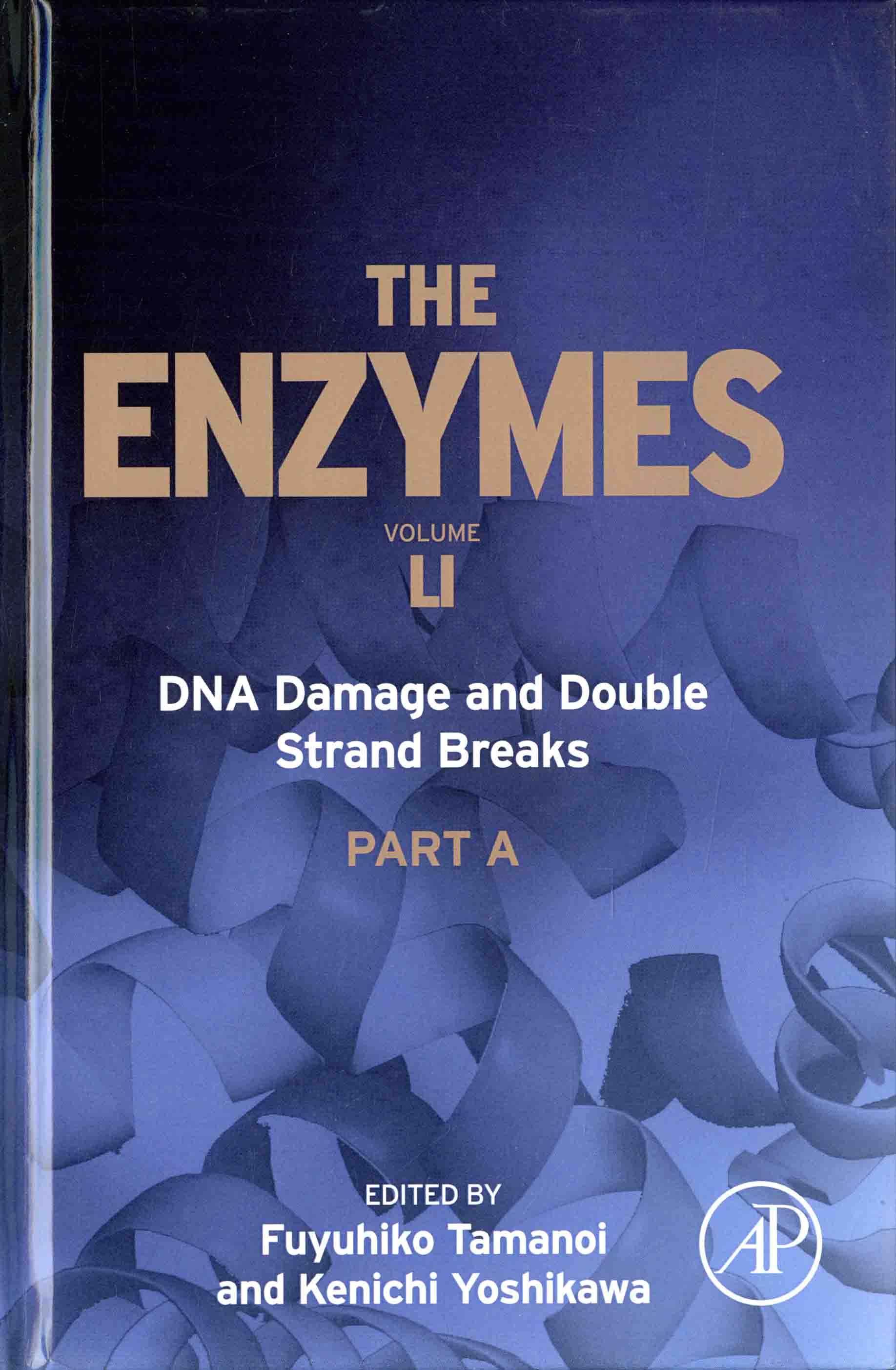 |
DNA damage and double strand breaks. Part A / edited by Fuyuhiko Tamanoi, Kenichi Yoshikawa. -- Cambridge, MA : Academic Press an imprint of Elsevier, 2022. – (58.17435/B615e/V.51) |
Contents
Contributors
Preface
1. Overview of DNA damage and double-strand breaks
1. DNA damages involving base modifications
2. DNA strand breaks
3. Assays to detect DNA double-strand breaks
4. Effect of DNA structure, nucleosomes, and reactive oxygen species
5. Repair of DNA double-strand breaks
References
2. Quantitative evaluation of DNA double-strand breaks (DSBs) through single-molecule observation
1. Introduction
2. Single-molecule observation on DNA DSBs
3. DSBs caused by γ-ray
4. Real-time observation of DSBs
5. DNA compaction exhibits marked protective effect against DSBs
6. How to reduce DSBs caused by mechanical mixing
7. Protective effect of antioxidant against various damage sources
8. Future prospective
Acknowledgments
References
3. Chromatin organization and DNA damage
1. Introduction
2. Chromatin compaction and radiation damage
3. Regulation of chromatin organization to cope with DNA damage
4. Conclusion and clinical implications
Acknowledgments
Competing interests
References
4. Mechanical force induced DNA double-strand breaks: Ultrasound
1. Introduction
2. Different ultrasound induced DNA damages
3. Experimental system for ultrasound exposure
4. Summary
Acknowledgment
References
5. DNA damage and biological responses induced by Boron Neutron Capture Therapy (BNCT)
1. Introduction
2. DNA damage and repair mechanism induced by BNCT
3. Biological effects of BNCT
4. Closing remarks
Reference
6. Core level ionization or excitation and Auger relaxation induce clustered DNA damage
1. Introduction: Radiation damage to DNA
2. Clustered DNA damage
3. Nucleobase excision repair enzymes as probes to detect nucleobase lesions and AP sites
4. DSBs arising from treatment with base excision enzymes
5. Core level ionization or excitation by collision with swiftly moving high-LET charged particles or irradiation with low-LET radiations
6. Synchrotron radiation providing monochromatic soft X-rays induce Auger relaxation of particular elements in DNA
7. Model of clustered damage induced after Auger relaxation of DNA constituent atoms
8. Pre-thermalized Auger electrons are highly localized by the Coulomb potential of the cation ion of the parent atom
9. Novel method to examine the repairability of various types of DNA damage, and future prospects of studies on Auger relaxation and clustered DNA damage
10. Conclusion
References
7. Auger electrons and DNA double-strand breaks studied by using iodine-containing chemicals
1. Introduction
2. Iododeoxyuridine
3. Iodine containing DNA binding chemicals
4. Nanoparticles containing iodine
5. Our experiments using monochromatic X-rays and tumor spheroids incubated with iodine nanoparticles
6. Experiments with gadolinium-loaded nanoparticles
7. Summary
Acknowledgment
References
8. Carbon ion radiation and clustered DNA double-strand breaks
1. Introduction
2. Clustered DSB formation visualized by high resolution imaging
3. Repair and mutations after high LET carbon ion irradiation
4. Summary
Acknowledgment
References
9. Damages of DNA in tritiated water
1. Introduction
2. Double-strand breaks in tritiated water by β-rays irradiation and other factors
3. Image processing method for single-molecular imaging
4. In silico simulation of DNA damage by tritium β decay
5. Summary and future outlook
References